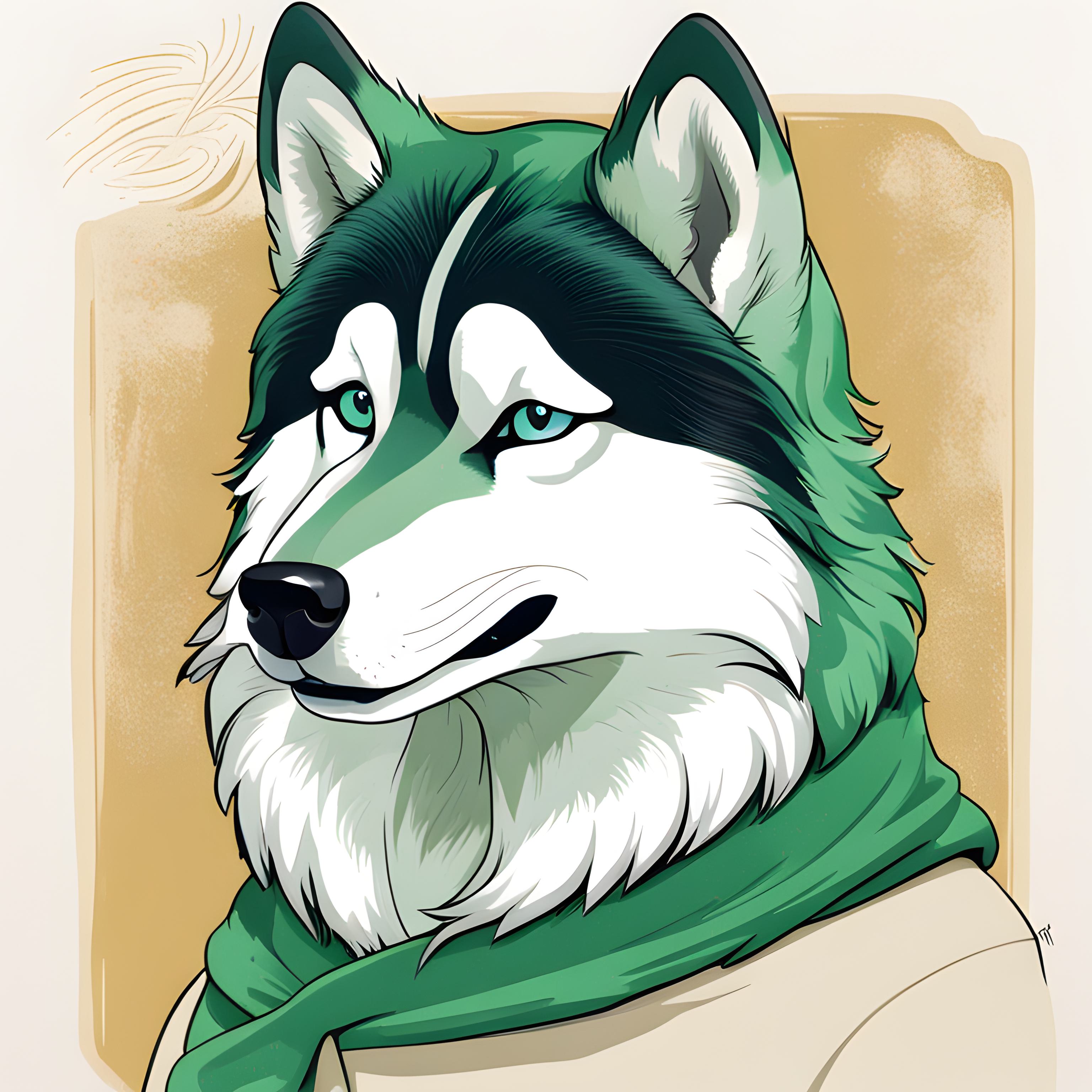- cross-posted to:
- games@lemmy.world
- cross-posted to:
- games@lemmy.world
JOHN MADDEN JOHN MADDEN JOHN MADDEN
Football!
UUUUUUUUUUUUUUUUUAAAAAAIIIIIIUUUUUUUUIOOOOOIIUUUUIOOOIUAAAA
Mama Mia, Papa pia…
9999999999999999999999999999999999999999999999
come over come over come over come over brbrbrbrbrbrbrbrbrbrbrbrbrbrbrbrbrbrbrbrbrbrbrbrbrbrbrbr
I know I’m romanticizing it but, I wish nasa actually made for profit content.
I want to play a space game that has proper constellations and shit.
Kerbal Space Program has tons of mods that add realism, including a “realism overhaul” and a “Real Solar System” mod that also adds a realistic sky box
Spacewar! Basically the first graphic video game had an accurate star field.
[The] early version also contained a randomly generated background star field, initially added by Russell because a blank background made it difficult to tell the relative motion of the two spaceships at slow speeds.[2] The programming community in the area, including the Hingham Institute and the TMRC, had developed what was later termed the “hacker ethic”, whereby all programs were freely shared and modified by other programmers in a collaborative environment without concern for ownership or copyright, which led to a group effort to elaborate on Russell’s initial Spacewar! game.[4][13] Consequently, since the inaccuracy and lack of realism in the starfield annoyed TMRC member Peter Samson, he wrote a program based on real star charts that scrolled slowly through the night sky, including every star in a band between 22.5° N and 22.5° S down to the fifth magnitude, displayed at their relative brightness. The program was called “Expensive Planetarium”—referring to the high price of the PDP-1 computer compared to an analog planetarium, as part of the series of “expensive” programs like Piner’s Expensive Typewriter—and was quickly incorporated into the game in March by Russell, who served as the collator of the primary version of the game.[2][4][7]
The vocaloid made with the tts voice is pretty great, love the songs people make with it.
HELLO I WOULD LIKE TO ORDER A PIZZA NO WHY BECAUSE YOU ARE JOHN MADDENNO WE NEED TO EXPLORE
im laughing for real right nowThe sheer creativity people achieved trying to play songs over the built-in Text-to-Speech synthesis is amazing
It’s not gay if it’s on the moon.









